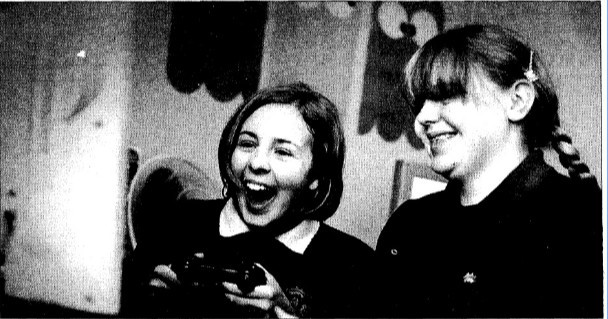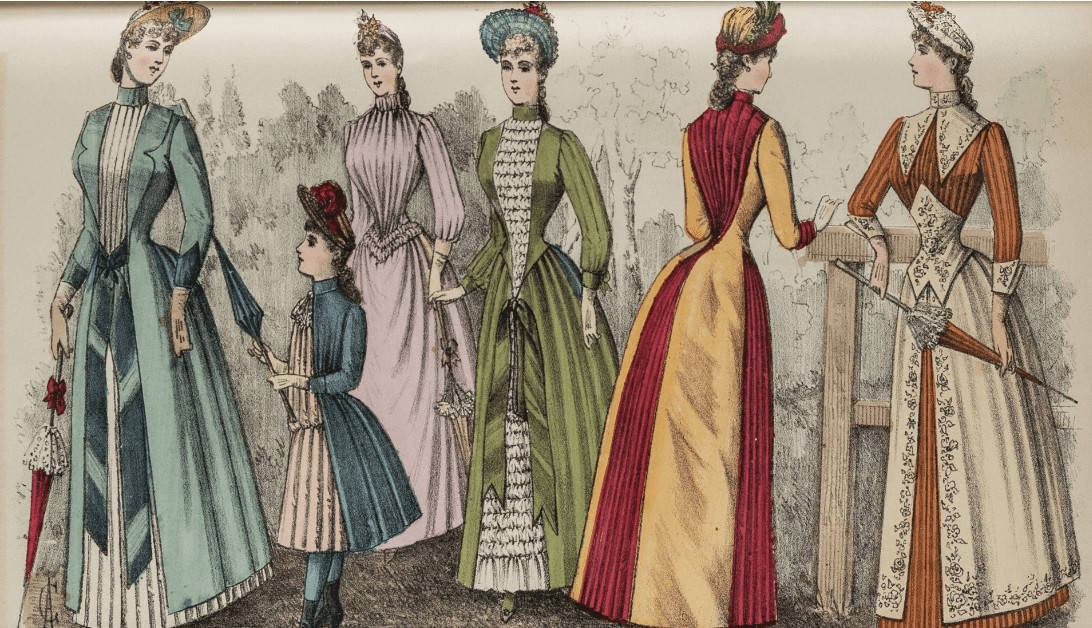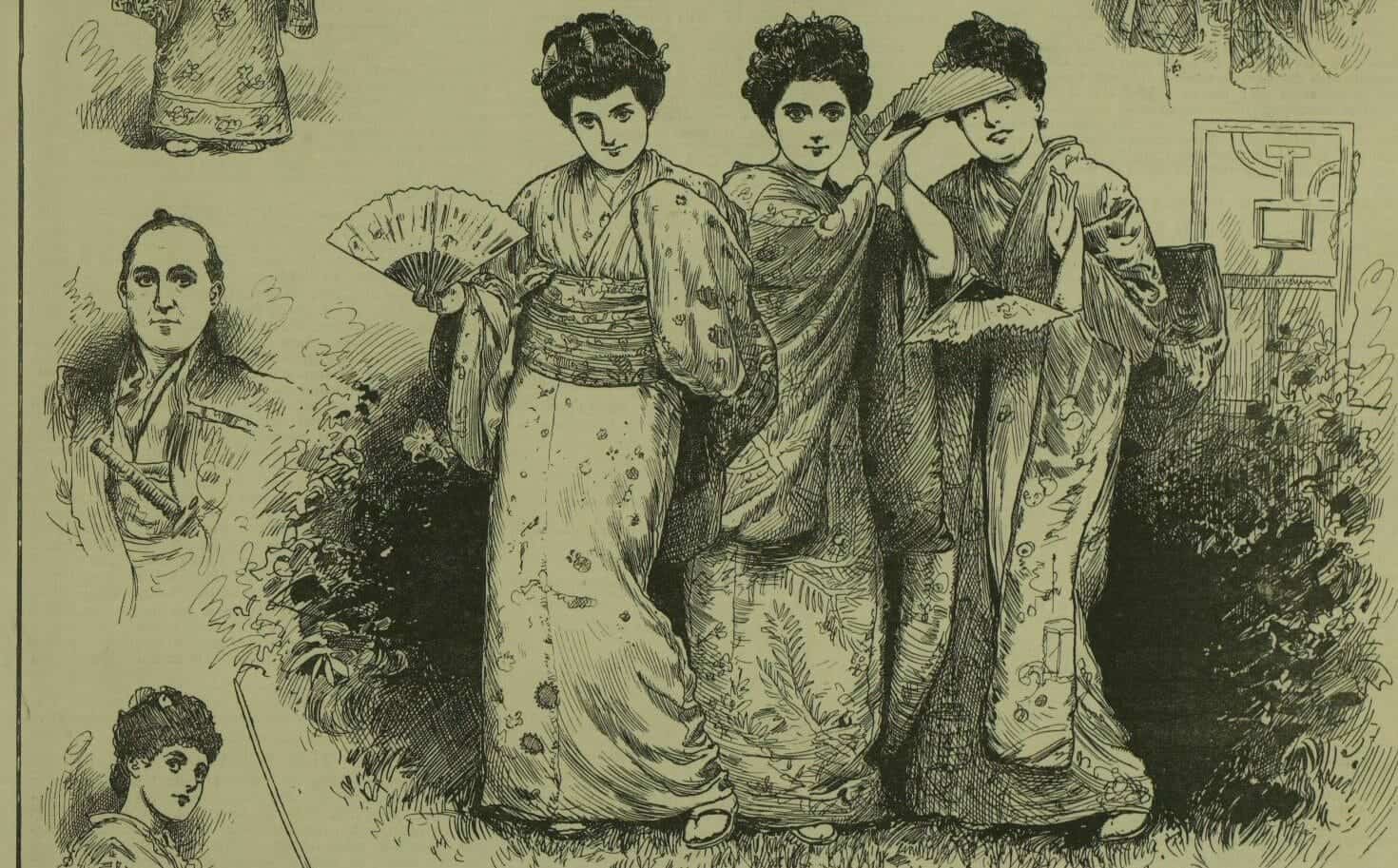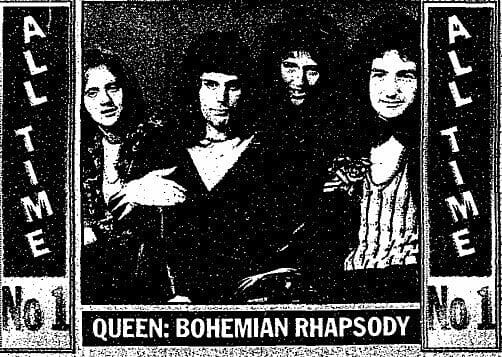| by Masaki Morisawa, Senior Product Manager, Library Reference, Tokyo |
Last year, an American high school student’s twitter account flamed up when she posted prom pictures of herself wearing a cheongsam, or Chinese dress. Some Asian Americans accused her, who is not of Chinese descent, of cultural appropriation. “My culture is NOT your [expletive] prom dress,” wrote one particularly upset commenter. Others, including many Asians living in Asia, defended her actions and dismissed such criticism as irrelevant.
While
“cultural appropriation” is a fairly recent term, similar debates have arisen
in the past where the borrowing of “exotic” elements from foreign cultures have
been criticised as offensive or disrespectful. One such example is Gilbert and
Sullivan’s opera The Mikado, a work that is often hailed as the duo’s
masterpiece, yet at times has stirred controversy due to its use of Japanese
costume and settings. In this post I would like to take a look at the history
of Mikado performances and the controversies surrounding them.
Read more







